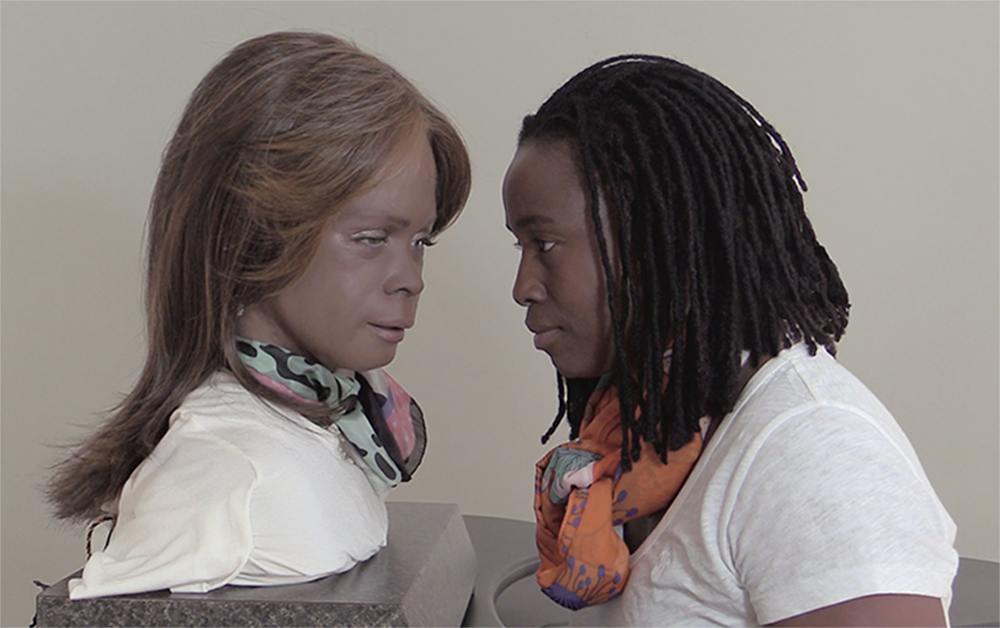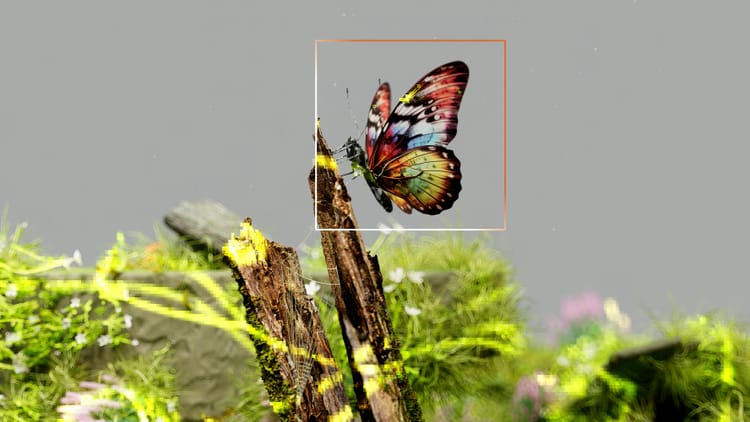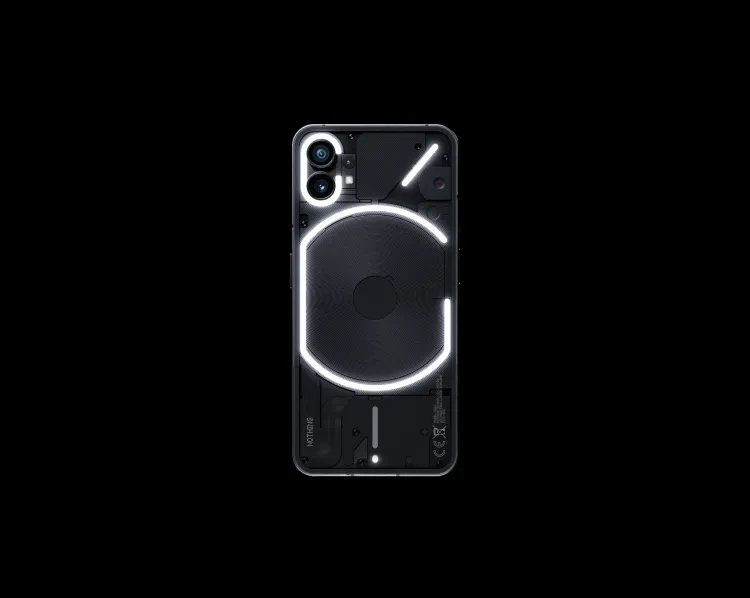Reminder to Play

Hey everyone,
Here are 5 things I thought were worth percolating on this week.
Sometimes, the best design choices aren’t about pushing harder but about stepping back and listening more deeply…
1. Merging Human & Machine Creativity
If you haven’t seen Sougwen Chung’s work, you’re in for something special. As an artist and researcher, she collaborates with AI-driven robotic arms to create intricate, flowing paintings that blur the line between human and machine-made art.
Her project “Memory,” for example, she uses past brushstrokes to train an AI model that then co-paints with her in real-time. It’s a fascinating exploration of co-creation, proving that AI doesn’t have to replace human creativity, it can extend it in new, exciting and unexpected ways.
2. Matrix of domination
In the essay “Design Justice, A.I, and Escape from the Matrix of Domination,” Sasha Costanza-Chock examines how design processes, particularly in artificial intelligence (AI), can perpetuate systemic inequalities. They emphasize the importance of incorporating intersectional approaches to ensure that design benefits marginalized communities rather than reinforcing existing power structures.
The essay highlights the concept of the “matrix of domination,” a term coined by Patricia Hill Collins, which refers to the interlocking systems of oppression such as race, class, and gender. Costanza-Chock advocates for a design justice framework that centers the voices of those most affected by design decisions, promoting equity and inclusivity in technological development.
It’s a great reminder that while AI is a powerful tool, it’s up to designers to push boundaries, ask better questions, and inject intentional unpredictability into our creative process.
3. A poetic look at AI and memory
I recently discovered Stephanie Dinkins, an artist working at the intersection of AI, race, and identity. She’s best known for her “Conversations with Bina48” project, where she engages in deep dialogues with an AI-powered humanoid robot.
Through these conversations, Dinkins questions who gets to shape AI, whose histories it remembers, and how we can create more inclusive, ethically aware machine learning models. It’s a fascinating look at AI as a mirror for society, challenging us to rethink the way technology encodes memory and bias.

4. How to design for AI
Felix Lee from ADPList interviewed Ishaani Mittal (Amazon) on How to design for AI. Ishaani emphasizes the importance of understanding AI’s capabilities and limitations, advocating for a collaborative approach between designers and data scientists. She recommends focusing on user-centric design, ensuring transparency in AI decision-making, and maintaining ethical considerations throughout the design process. She also highlight the need for continuous learning and adaptation, given the rapidly evolving nature of AI technology.
The Core 7 stages are a really nice framework to work with, give it a go.
5. Book Recommendation: Speculative Everything
If you’re into pushing the edges of design thinking, Anthony Dunne and Fiona Raby’s Speculative Everything is a must-read. It challenges us to go beyond solving today’s problems and instead design for possible futures.
With AI rapidly shaping our world, speculative design can help us explore what could happen next and not just what should happen. Whether we’re designing interfaces, experiences, or systems, thinking speculatively encourages us to consider not just the probable, but the provocative.
A Reminder to Play
Take 10 minutes today to create something intentionally imperfect: a doodle, a poem, a weird sentence that doesn’t make sense. Let it be messy. Let it be unexpected. Not everything has to be optimized. Sometimes, the best ideas start in the unpolished realm of messiness and uncertainty. Be brave.
Thanks for reading The Percolator! Subscribe for free to receive new posts and support my work.





